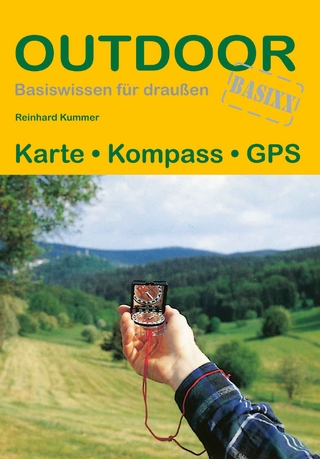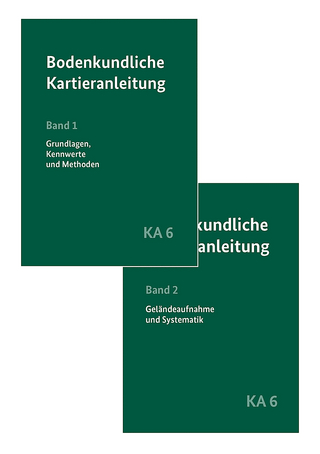
Extreme Hydroclimatic Events and Multivariate Hazards in a Changing Environment
Elsevier Science Publishing Co Inc (Verlag)
978-0-12-814899-0 (ISBN)
In addition, the book covers multivariate hazards, like landslides, in case studies that analyze the combination of natural hazards and their impact on the natural and built environment. Finally, it ties hydroclimatic hazards into the Sendai Framework, providing another set of tools for reducing disaster impacts.
Dr Maggioni, is Assistant Professor of Environmental and Water Resources Engineering at George Mason University. At George Mason University she leads an active and interdisciplinary team of graduate and undergraduate students, investigating a wide variety of topics including monitoring and modeling storm water quantity and quality at the Mason main campus with state-of-the-art sensor networks, as well as combining water resources engineering with hydrometeorology and remote sensing using satellite data to evaluate conditions in regions, where direct observation is impossible, but the environmental consequences can be devastating. Christian Massari, PhD, is permanent researcher at the Research Institute for the Geo-Hydrological Protection (IRPI) of the National Research Council (CNR) of Italy. Thanks to a graduate research fellowship, he spent a year in the Department of Hydrology and Water Resources at the University of Arizona, Tucson, AZ in 2011. After returning to Italy, he was a postdoctoral research fellow in the hydrology and remote sensing group at IRPI, where he is a permanent researcher since January 2017. His research interests include data fusion and data assimilation of hydrological variables (e.g., soil moisture and rainfall), hydro-validation of satellite soil moisture and rainfall observations, filtering of satellite soil moisture, flooding risk analysis, and flood frequency assessment.
Part I: Water cycle variables for monitoring hydroclimatic hazards: state-of-the-art and future directions
1. Precipitation
2. Terrestrial Water Storage
3. Soil Moisture
4. Water Surface Elevation
5. Evaporation
6. Vegetation
Part II: Remote sensing and modeling techniques for monitoring and predicting hydroclimatic hazards: Perspectives and Applications
7. Studying extreme precipitation events in mountainous regions with satellite-based precipitation products
8. Spatiotemporal patterns of precipitation concentration, aggressiveness, and seasonality in Bangladesh
9. Characterizing meteorological droughts in data scarce regions using remotely sensed precipitation
10. Recent advances in remote sensing of precipitation and soil moisture for riverine flood prediction
11. Using altimetry and optical sensors for monitoring and forecasting river discharge
12. Inundation mapping using remote sensing techniques
13. Storm Surge and Sea Level Rise: Threat to the Coastal Areas of Bangladesh
14. Hazard assessment and forecasting of landslides and debris flows: A case study in Northern Italy
15. Remote sensing-based techniques for avalanche risk assessment and forecasting
| Erscheinungsdatum | 18.06.2019 |
|---|---|
| Sprache | englisch |
| Maße | 152 x 229 mm |
| Gewicht | 680 g |
| Themenwelt | Mathematik / Informatik ► Informatik |
| Naturwissenschaften ► Geowissenschaften ► Geografie / Kartografie | |
| Naturwissenschaften ► Geowissenschaften ► Meteorologie / Klimatologie | |
| Naturwissenschaften ► Physik / Astronomie ► Angewandte Physik | |
| ISBN-10 | 0-12-814899-3 / 0128148993 |
| ISBN-13 | 978-0-12-814899-0 / 9780128148990 |
| Zustand | Neuware |
| Informationen gemäß Produktsicherheitsverordnung (GPSR) | |
| Haben Sie eine Frage zum Produkt? |
aus dem Bereich


